Home>Garden Essentials>When To Plant Seeds For Fall Garden
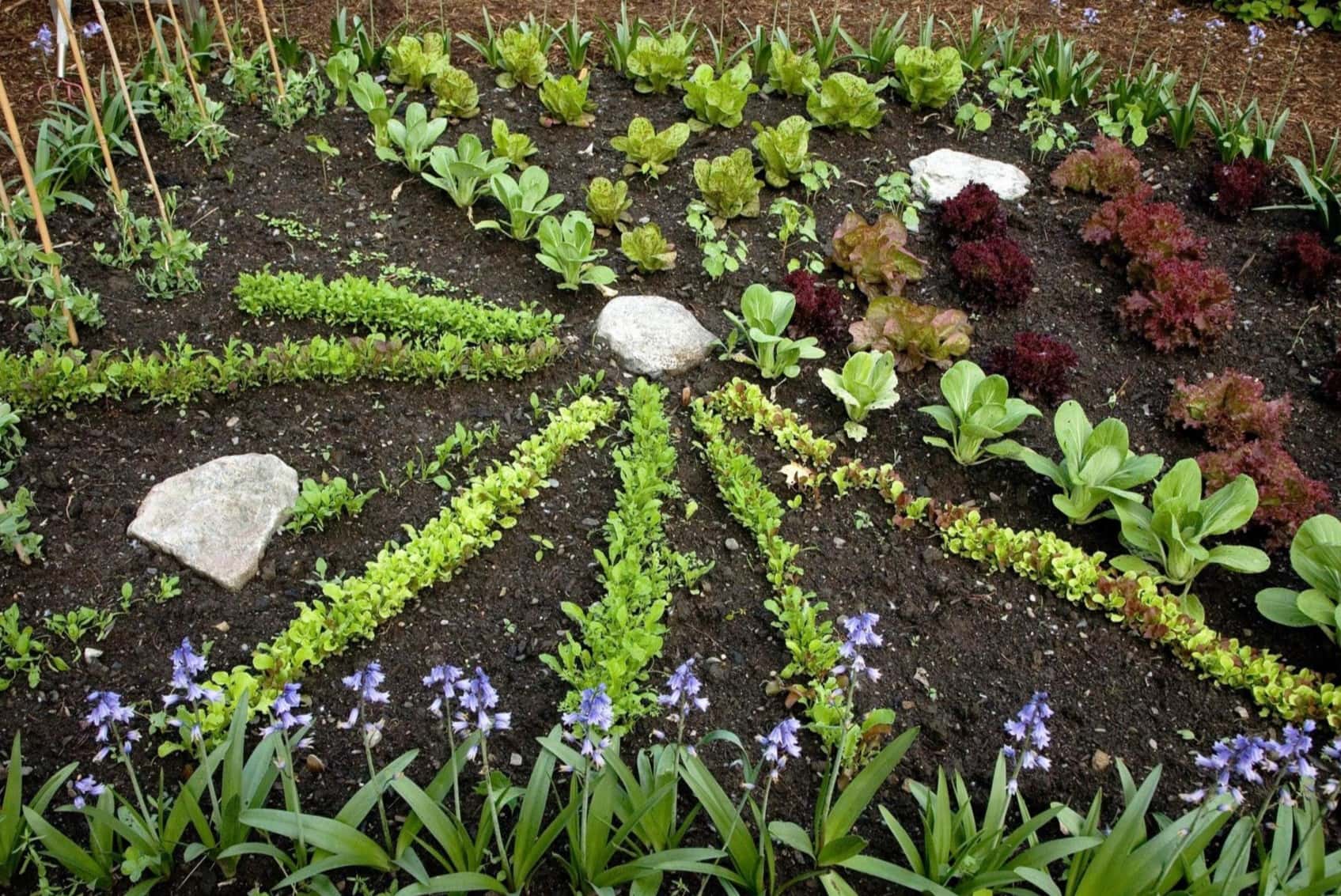

Garden Essentials
When To Plant Seeds For Fall Garden
Modified: March 15, 2024
Discover the ideal time to plant seeds for your fall garden and ensure a successful harvest. Follow our expert advice and start your garden today!
(Many of the links in this article redirect to a specific reviewed product. Your purchase of these products through affiliate links helps to generate commission for Storables.com, at no extra cost. Learn more)
Introduction
As summer draws to a close, many gardeners start looking forward to the vibrant colors and flavors of a fall garden. While spring and summer are typically associated with gardening, there are plenty of opportunities to experience the joys of gardening well into the cooler months. Planting seeds for a fall garden is a rewarding endeavor that allows you to extend your growing season and enjoy a bounty of fresh vegetables.
In this article, we will explore the best types of vegetables for fall planting, how to determine the planting date, preparing the soil, planting seeds, and caring for your fall garden. We will address common issues that may arise and provide troubleshooting tips. Lastly, we will discuss the joy of harvesting your fall crops and savoring the flavors of your hard work.
Whether you are a seasoned gardener or just starting out, planting a fall garden can be a delightful and satisfying experience. So let’s dive in and discover the wonders of fall gardening!
Key Takeaways:
- Extend your gardening joy into fall by planting cold-hardy vegetables like leafy greens, root vegetables, and herbs. Determine the ideal planting date based on your zone and enjoy the bountiful harvest of your fall garden.
- Prepare your soil, sow high-quality seeds, and provide consistent care to ensure a healthy and productive fall garden. Overcome common issues with proactive troubleshooting and savor the flavors of your homegrown produce.
Read more: When To Plant Pansy Seeds For Fall
Best Types of Vegetables for Fall Planting
When it comes to fall gardening, selecting the right vegetables is crucial for a successful harvest. While some warm-season crops may still thrive in the early weeks of fall, it’s important to focus on vegetables that are well-suited for cooler temperatures. Here are some of the best types of vegetables to consider for your fall garden:
- Leafy Greens: Vegetables like lettuce, spinach, kale, and Swiss chard are excellent choices for fall planting. They prefer cooler temperatures and can withstand light frosts, making them perfect for extending your growing season.
- Root Vegetables: Fall is the ideal time to plant root vegetables like carrots, beets, turnips, and radishes. The cool weather enhances their flavor and texture, resulting in sweet and crisp harvests.
- Brassicas: Cabbage, broccoli, cauliflower, and Brussels sprouts are members of the brassica family that thrive in the cool temperatures of fall. These vegetables require a longer growing season, so planting them in late summer or early fall ensures a bountiful harvest.
- Alliums: Garlic and onions are fall garden staples. Planting them in the fall allows them to establish their roots during the winter months, resulting in larger and more flavorful bulbs the following year.
- Herbs: Many herbs can be successfully grown in a fall garden, including parsley, cilantro, dill, and chives. These aromatic plants can add fresh flavors to your fall dishes.
It’s essential to choose varieties that are specifically bred for fall planting. Look for seeds labeled as “cold-hardy” or “fall varieties” to ensure optimal success in your garden.
When selecting your vegetables, consider your local climate and the average first frost date in your area. This information will help you determine the appropriate time to plant and ensure that your selected vegetables have enough time to mature before the frost arrives.
Determining the Planting Date
The key to a successful fall garden lies in determining the ideal planting date. The planting date can vary depending on your specific location and the average first frost date in your area. Here are some steps to help you determine the best planting date for your fall garden:
- Know your zone: Understanding your hardiness zone is essential when planning your fall garden. The United States Department of Agriculture (USDA) assigns each region a zone number based on its average minimum winter temperature. This information can be found online or obtained from your local cooperative extension service.
- Research the first frost date: Find out the average first frost date for your zone. This information can also be obtained from your cooperative extension service or through online resources. The first frost date is crucial because it indicates when temperatures are likely to drop below freezing, potentially damaging sensitive plants.
- Consider the maturity of the vegetables: Different vegetables have varying maturity times, ranging from a few weeks to several months. It’s important to refer to the seed packet or product information for each vegetable to determine the number of days it takes to reach maturity. Ideally, you want to plant your vegetables with enough time to mature before the frost date.
- Count backward: Once you have your first frost date and maturity time for your chosen vegetables, count backward from the frost date to determine the ideal planting date. Subtract the number of days it takes for the vegetables to reach maturity from the first frost date, and plant them accordingly.
- Consider cold protection: In regions with early frosts, you may need to provide additional protection for your plants. Techniques such as using row covers, cold frames, or even moving containers indoors can help extend the growing season and protect your plants from frost damage.
By considering your hardiness zone, researching the first frost date, and accounting for the maturity time of your selected vegetables, you can confidently determine the best planting date for your fall garden. Remember that these are general guidelines, and local variations and weather patterns may influence your specific planting schedule. Observation and experience can also play a valuable role in fine-tuning your planting date for subsequent growing seasons.
Preparing the Soil for Fall Planting
Before you start planting seeds for your fall garden, it is crucial to prepare the soil properly. Healthy soil provides the essential nutrients and structure necessary for plants to thrive. Here are some steps to follow when preparing your soil for fall planting:
- Clear the garden bed: Begin by removing any existing plants, weeds, and debris from the garden bed. Clear away any rocks or large clumps of soil that may impede root growth.
- Test the soil: Conduct a soil test to determine its pH level and nutrient content. This will help you determine if any amendments, such as lime or organic matter, are needed to optimize the soil conditions for your fall plants. Soil testing kits are available at garden supply stores or through your local cooperative extension service.
- Amend the soil: Based on the results of the soil test, add any necessary amendments to improve the soil quality. Incorporate well-rotted compost, aged manure, or other organic matter into the soil to increase fertility, improve drainage, and enhance soil structure. This will provide plants with the necessary nutrients for healthy growth.
- Loosen the soil: Use a garden fork or tiller to loosen the soil in the garden bed. This will break up compacted soil and create a looser texture, allowing roots to penetrate easily and access water and nutrients.
- Remove weeds: Take the time to remove any persistent weeds from the garden bed. Weeds compete with your plants for nutrients and moisture, so keeping them under control is essential for a successful fall garden.
- Moisten the soil: Before planting, water the garden bed thoroughly to ensure the soil is moist but not waterlogged. This will provide a favorable environment for seed germination.
Remember that good soil preparation is an ongoing process. It is wise to continually improve your soil by adding compost or organic matter each season. Building and maintaining healthy soil is key to achieving a thriving and abundant fall garden.
How to Plant Seeds for Fall Garden
Planting seeds for your fall garden requires careful attention to detail to ensure proper germination and growth. Follow these steps to plant seeds effectively and set your garden up for success:
- Select high-quality seeds: Choose seeds that are specifically labeled for fall planting. Look for seeds from reputable sources that offer a wide selection of varieties suitable for the cooler temperatures of autumn.
- Prepare the planting area: Create rows or raised beds in your garden for planting. Ensure that the soil is well-prepared, amended, and moist, as mentioned earlier.
- Follow spacing guidelines: Refer to the seed packet or product information for the recommended spacing between seeds. Proper spacing ensures that plants have enough room to grow and allows for good air circulation to reduce the risk of disease.
- Sow the seeds: Plant the seeds at the appropriate depth indicated on the seed packet. Generally, small seeds are sown at a depth of 1/4 to 1/2 inch, while larger seeds may require deeper planting. Gently cover the seeds with soil and lightly pat it down to ensure good seed-to-soil contact.
- Water the seeds: After planting, water the seeds well to provide the moisture needed for germination. Use a gentle spray to avoid washing away the seeds. Keep the soil consistently moist, but not waterlogged, throughout the germination and growing process.
- Protect from pests: Consider using row covers or other protective measures to guard against pests like birds, squirrels, or insects that may be attracted to your newly planted seeds. This will help prevent damage and encourage healthy seedling growth.
- Monitor and thin as needed: As the seeds germinate and seedlings emerge, keep a close eye on their growth. If the plants appear crowded, thin them out to the recommended spacing to avoid competition for resources.
- Maintain consistent care: Provide appropriate care to your fall garden, including regular watering, mulching, and fertilizing if necessary. Stay vigilant for any signs of pests or diseases and address them promptly to prevent widespread damage.
Remember to keep track of the different varieties you have planted in your garden, especially if you are experimenting with multiple types of vegetables. Labeling your rows or using plant markers will help you identify the different plants as they grow.
By following these planting guidelines, you’ll give your seeds the best chance to germinate and establish strong, healthy plants for your fall garden.
You should plant seeds for a fall garden about 6-8 weeks before the first expected frost date in your area. This will give the seeds enough time to grow and establish before the colder weather sets in.
Read more: When To Plant Grass In Fall
Caring for Your Fall Garden
Once you have planted your seeds for the fall garden, it’s important to provide proper care to ensure the health and productivity of your plants. Here are some essential tips for caring for your fall garden:
- Watering: Regular watering is crucial for the success of your fall garden. Keep the soil consistently moist, but not soggy. Be mindful of rainfall and adjust your watering schedule accordingly. Most plants require about 1 inch of water per week.
- Mulching: Apply a layer of mulch around your plants to help retain moisture, control weed growth, and regulate soil temperature. Use organic mulch, such as straw or shredded leaves, and spread it evenly around the base of your plants.
- Fertilizing: Depending on the nutrient levels in your soil, you may need to supplement with fertilizers. Choose organic options and follow the instructions on the packaging. Avoid over-fertilizing, as it can lead to excessive foliage growth with less emphasis on fruit or vegetable production.
- Weeding: Regularly check your garden for weeds and remove them promptly. Weeds compete with your plants for resources and can negatively impact their growth. Pull weeds by hand or use a cultivating tool to loosen the soil and remove them more easily.
- Pest control: Keep a watchful eye for any pests that may be attracted to your fall garden. Handpick or use organic pest control methods to manage them effectively. Inspect your plants regularly for signs of damage or pest activity, and take action as soon as you notice any issues.
- Supporting plants: Some plants, such as broccoli or Brussels sprouts, may require additional support as they grow. Use stakes or cages to provide support and prevent plants from toppling over during strong winds or heavy rain.
- Monitor for diseases: Be vigilant for any signs of plant diseases, such as leaf spots or powdery mildew. Remove affected leaves or plants to prevent the spread of diseases. Choose disease-resistant varieties when possible and practice good garden hygiene to minimize the risk of disease occurrence.
- Harvesting: Keep track of the maturity times of your vegetables and harvest them when they are ready. Harvesting at the right time ensures the best flavor and quality. Regularly pick ripe produce to encourage continued growth and productivity.
Regular care and attention are essential for maintaining a healthy and productive fall garden. Stay observant, address any issues promptly, and enjoy the rewards of your hard work as you harvest the delicious fruits of your labor!
Common Issues and Troubleshooting
While caring for your fall garden, you may encounter some common issues that can affect the health and productivity of your plants. By being aware of these problems and taking prompt action, you can address them effectively and ensure the success of your garden. Here are some common issues and troubleshooting tips:
- Pest infestations: Common garden pests include aphids, slugs, snails, caterpillars, and beetles. To control pests, manually remove them from the plants, introduce beneficial insects like ladybugs or lacewings, or use organic insecticides. Regularly inspect your plants for any signs of pest activity and take action as needed.
- Disease outbreaks: Plants can be susceptible to various diseases, such as powdery mildew, blight, or rot. To prevent disease, practice good garden hygiene by removing diseased plant material, providing adequate spacing between plants for proper air circulation, and avoiding over-watering. If disease does arise, treat affected plants with organic fungicides and remove severely infected plants to prevent further spread.
- Poor soil fertility: If plants exhibit slow growth or nutrient deficiencies, it might indicate poor soil fertility. Test the soil to assess nutrient levels and adjust accordingly by adding organic fertilizers or amendments like compost or aged manure. Regularly replenishing the nutrients in your soil will promote healthy plant growth.
- Watering issues: Overwatering or underwatering can adversely affect plant health. Ensure that you provide consistent moisture to your plants without allowing the soil to become waterlogged. Use a moisture meter or check the soil’s moisture level by inserting your finger into the soil to a depth of around an inch. Adjust your watering schedule accordingly.
- Weed competition: Weeds can compete with your plants for nutrients, sunlight, and water. Regularly remove weeds by hand or use mulch to suppress their growth. Keeping the area around your plants weed-free will reduce competition and improve their overall health.
- Environmental factors: Extreme temperatures, strong winds, or heavy rain can impact the health of your plants. Protect your garden from harsh conditions by using row covers, providing shade, or staking tall plants to prevent breakage. Pay attention to weather forecasts and be prepared to provide suitable protection when necessary.
- Poor pollination: Inadequate pollination can result in misshapen or underdeveloped fruits. Encourage pollinators, such as bees and butterflies, to visit your garden by planting flowers nearby. Hand pollination can also be done by gently transferring pollen from the male to the female flowers using a small brush or cotton swab.
Regular observation of your garden, quick identification of problems, and timely intervention are crucial for resolving common issues that arise. By being proactive, you can ensure a healthy and thriving fall garden.
Harvesting and Enjoying Your Fall Garden
The culmination of your efforts in the fall garden is the joyous act of harvesting and savoring the bountiful harvest. Here are some tips to help you fully enjoy the fruits of your labor:
- Harvest at the right time: Pay attention to the recommended harvesting times for each vegetable variety. Use your senses and look for visual cues, such as a change in color or firmness, to determine if the produce is ready to be picked.
- Use the “cut-and-come-again” method: For certain leafy greens, such as lettuce or spinach, you can practice the “cut-and-come-again” method. Rather than pulling up the entire plant, harvest only the outer leaves, allowing the plant to continue growing and producing more leaves for an extended period.
- Store produce properly: Some vegetables, like root crops, can be stored for an extended period if stored correctly. Remove any excess soil, trim stems or leaves, and place them in a cool, dark, and well-ventilated space. Store them in baskets, crates, or perforated bags to allow for airflow and prevent moisture buildup.
- Cook and preserve: Freshly harvested vegetables from your fall garden offer incredible flavors for your meals. Experiment with various cooking methods, such as roasting, sautéing, or steaming, to highlight their natural taste. You can also preserve your harvest through canning, pickling, or freezing to enjoy the flavors year-round.
- Share with others: If you find yourself with an abundance of produce, consider sharing the bounty with friends, family, neighbors, or local food banks. It’s a wonderful way to spread joy and promote community engagement.
- Reflect and plan for the future: Take time to reflect on your fall gardening experience. Note your successes, lessons learned, and new ideas for next year. Use this opportunity to plan for crop rotation, variety selection, or other adjustments to optimize the productivity of future fall gardens.
Remember to take moments to appreciate the beauty and tranquility of your fall garden as you harvest and enjoy the abundance it provides. The satisfaction of growing your own food and the flavors of fresh, homegrown produce will make all your gardening efforts worthwhile.
So, gather your harvest, gather your loved ones, and relish the pleasure of your fall garden’s delicious rewards!
Conclusion
Planting seeds for a fall garden opens up a world of possibilities and delights for gardeners. It allows us to extend the joy of gardening well into the cooler months, providing an abundance of fresh and flavorful vegetables. Whether you are a seasoned gardener or just starting out, a fall garden offers a rewarding experience that brings you closer to nature and provides the satisfaction of growing your own food.
In this article, we explored the best types of vegetables for fall planting, discussed how to determine the planting date based on your location, and shared tips for preparing the soil, sowing seeds, and caring for your fall garden. We covered common issues and troubleshooting techniques to help you overcome challenges and achieve a thriving garden. Finally, we discussed the joy of harvesting your fall crops and the various ways to enjoy and share the fruits of your labor.
A fall garden is a testament to the resilience and beauty of nature. It allows us to witness the vibrant colors of autumn and savor the flavors of hearty vegetables that thrive in cooler temperatures. It teaches us patience, perseverance, and the importance of working in harmony with the seasons.
As you embark on your fall gardening journey, remember to infuse your personal touch and creativity into your garden. Experiment with different varieties, incorporate companion planting techniques, and adapt to the unique conditions of your specific location. Gardening is an art, and your fall garden is your canvas.
So, grab your seeds, prepare your soil, and get ready to witness the magic unfold. Planting seeds for your fall garden is not just an act of gardening, but a step towards self-sufficiency, sustainability, and a deeper connection to the natural world. Enjoy the process, embrace the challenges, and savor the taste of your fall garden’s harvest. Happy gardening!
Frequently Asked Questions about When To Plant Seeds For Fall Garden
Was this page helpful?
At Storables.com, we guarantee accurate and reliable information. Our content, validated by Expert Board Contributors, is crafted following stringent Editorial Policies. We're committed to providing you with well-researched, expert-backed insights for all your informational needs.
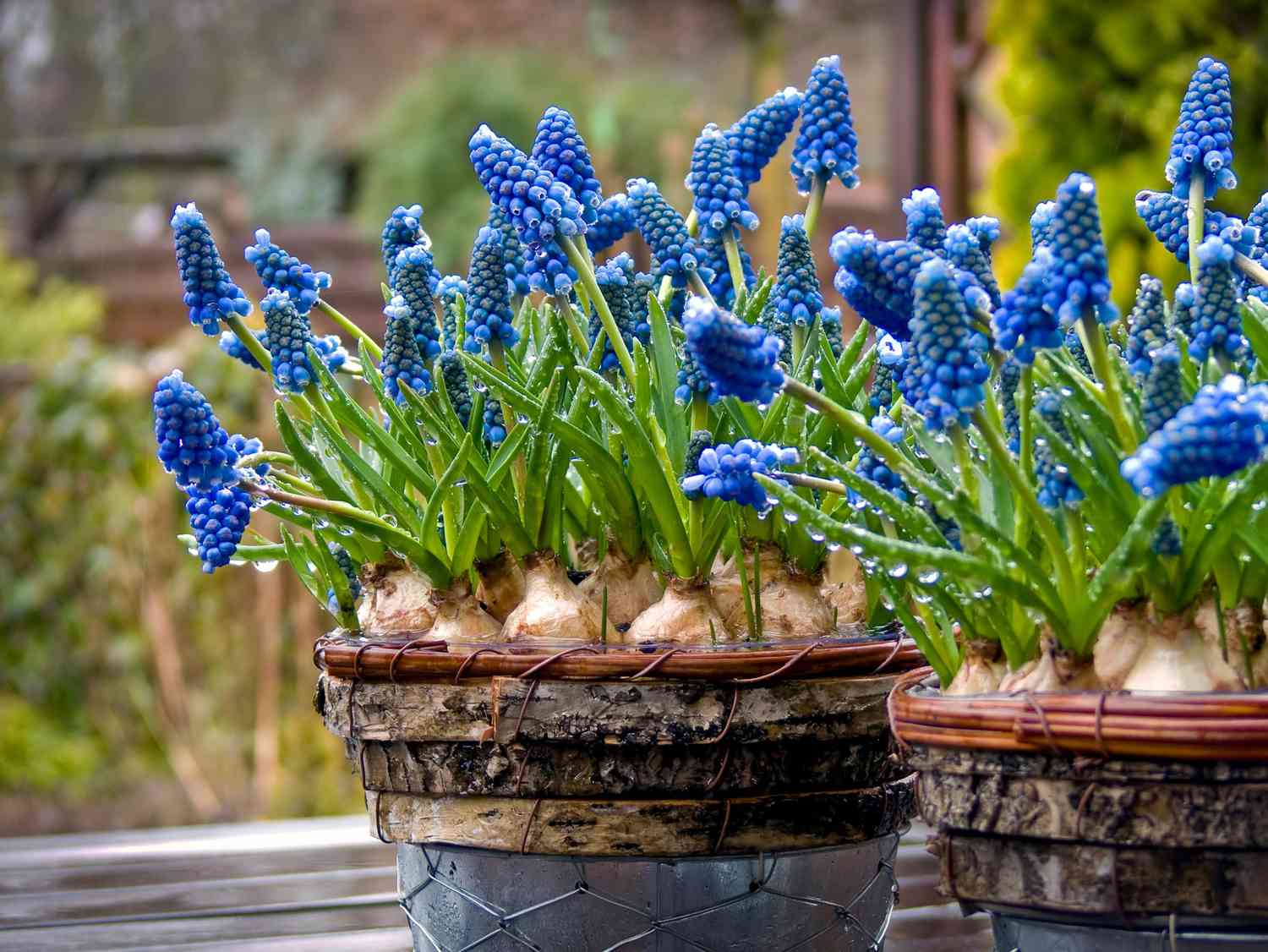
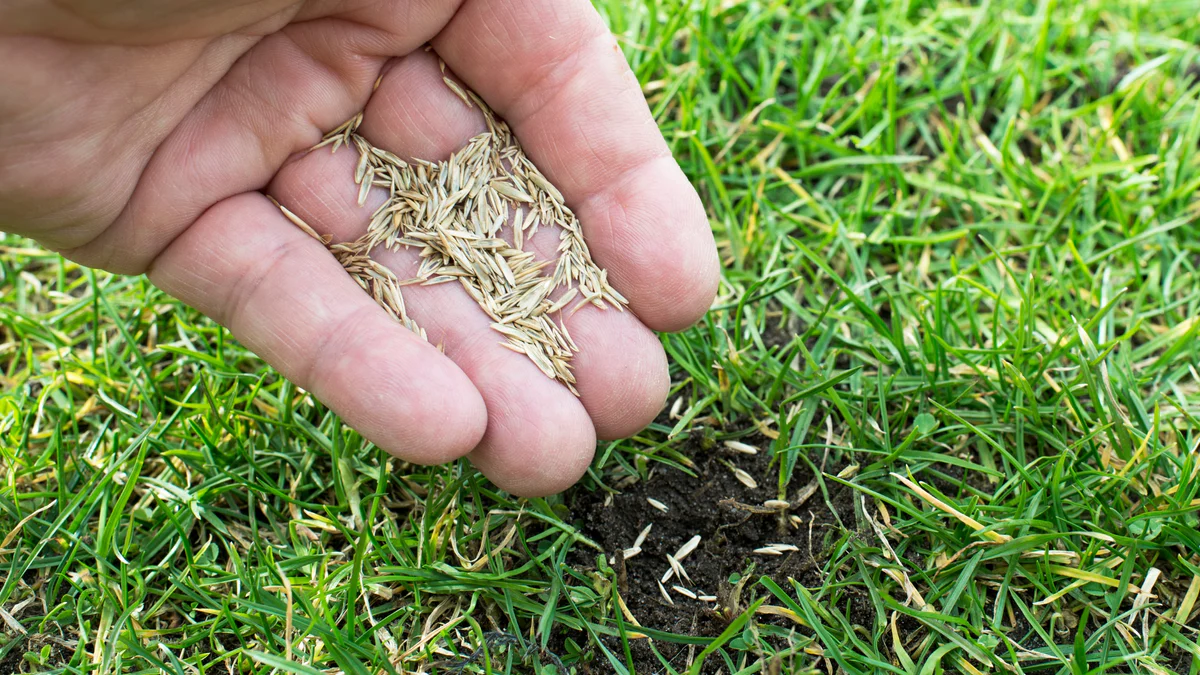
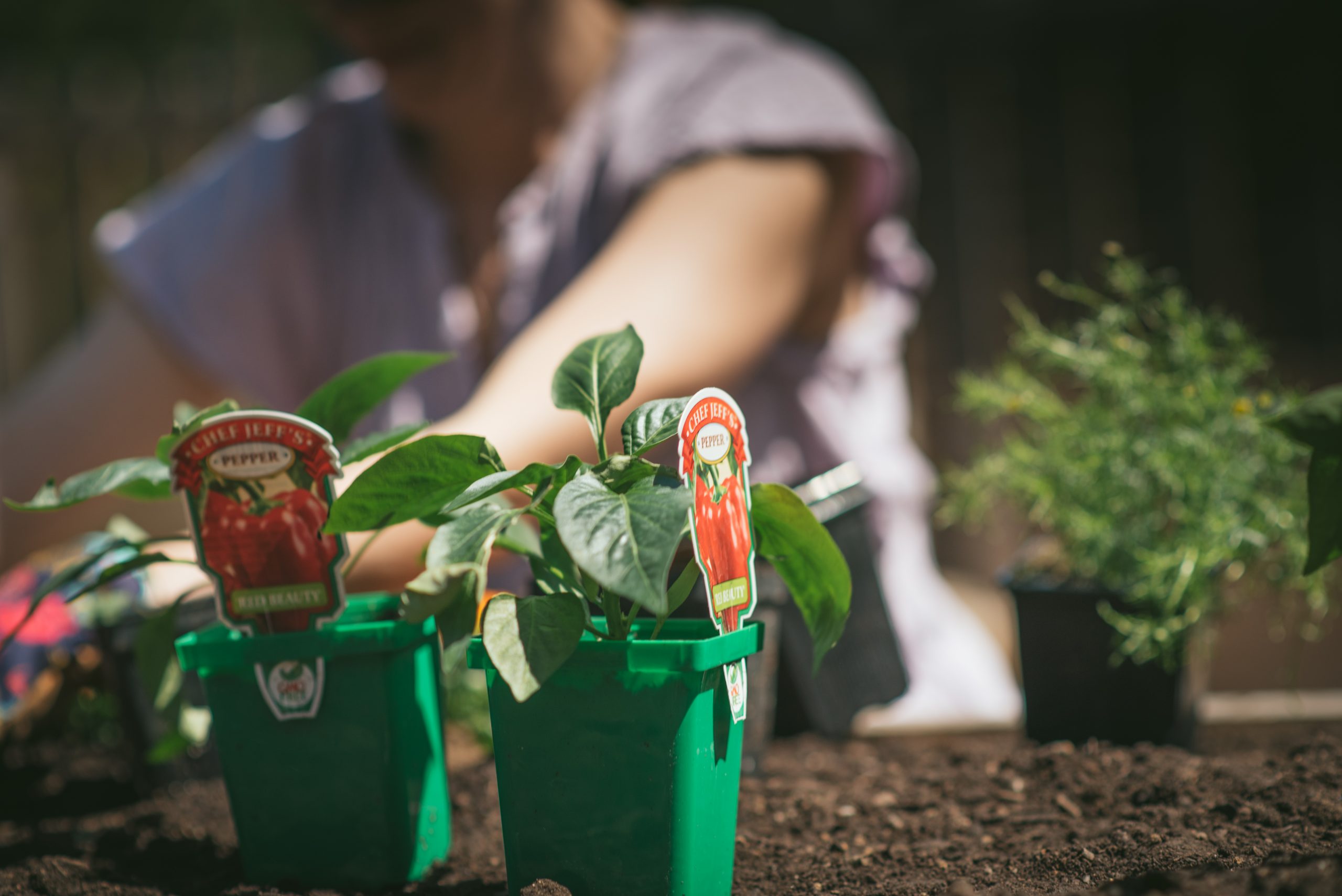
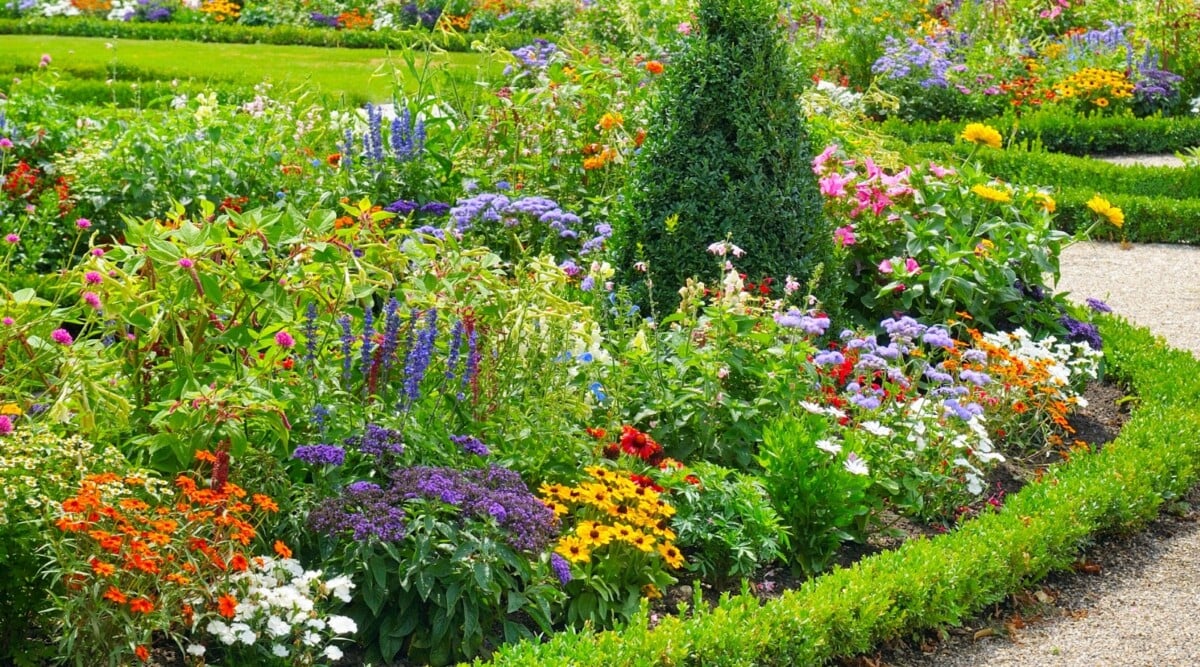

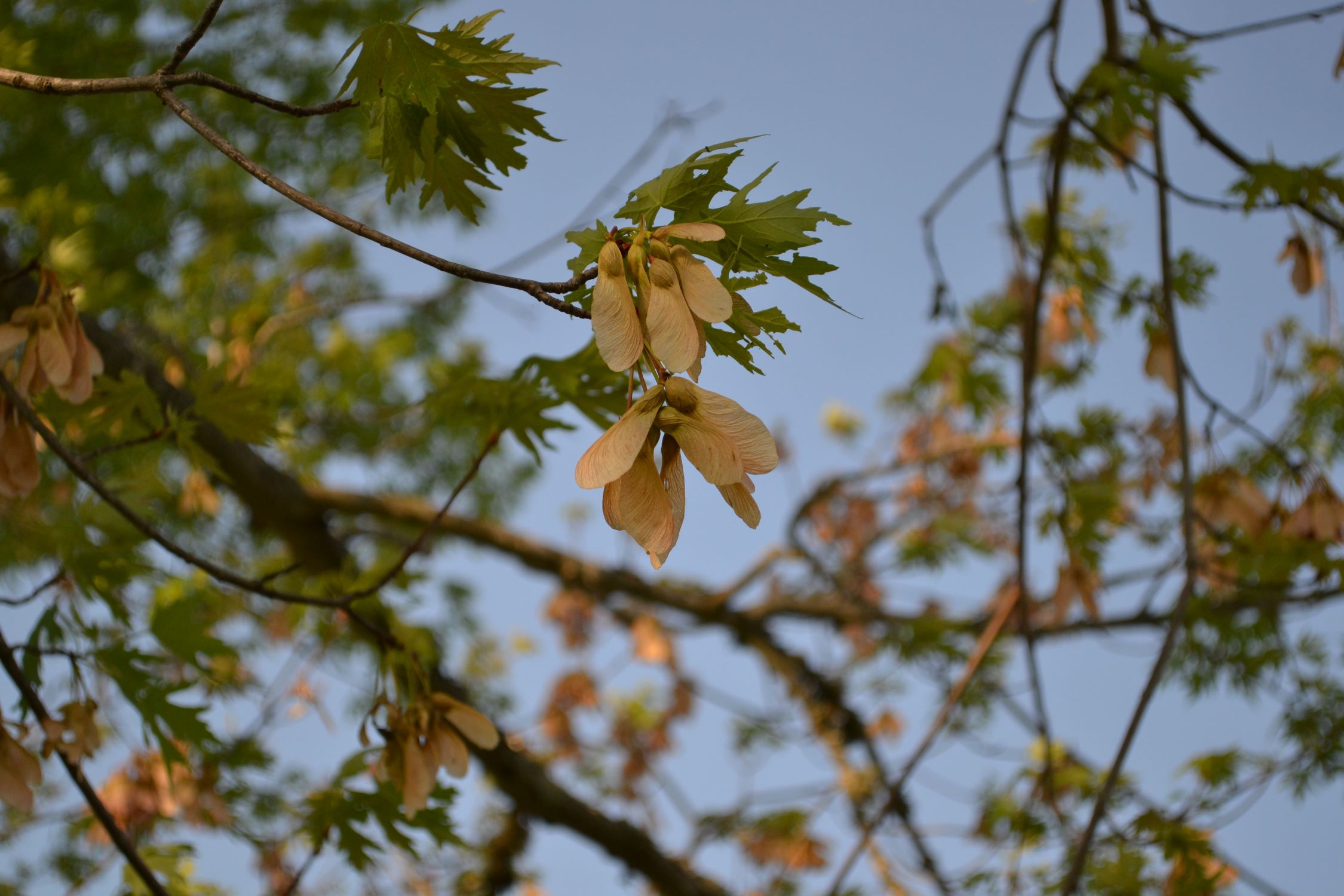









0 thoughts on “When To Plant Seeds For Fall Garden”